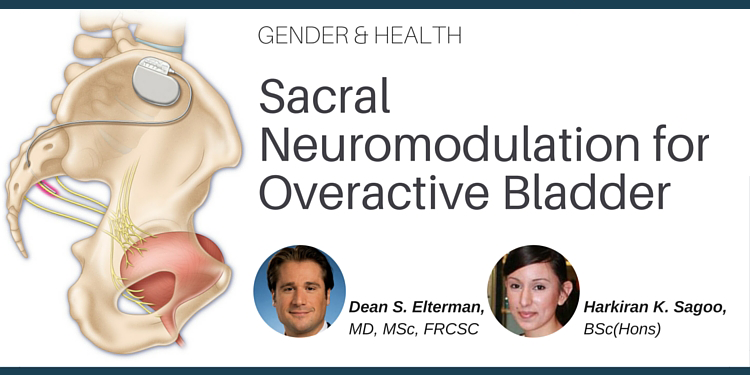A common cause for distress in older women, urge incontinence is a condition that begs for effective treatment. Urge incontinence, the loss of urine due to involuntary bladder contractions, is the most common type of incontinence in individuals older than 60 but is frequently suffered in silence due to its associated stigma. While the condition is frequently treated with drugs to block unwanted contractions, behavioural training may be an equally effective management strategy with fewer side effects.
In a prospective randomized trial, 222 women aged 55 to 92 with urge incontinence or mixed incontinence with urge as the predominant pattern were studied to determine the effect of behavioural training with and without the assistance of biofeedback. Patients were randomized to behavioural treatment with biofeedback, behavioural treatment with verbal feedback or a self-administered behavioural training program.
In the first group, a three-balloon probe was inserted anally to measure anal sphincter responses to abdominal pressures and to help patients identify and contract pelvic floor muscles while maintaining abdominal relaxation. Patients were taught to relax upon experiencing urgency sensations and to prevent urine escape via controlled muscle contraction. The second group was given the same behavioural instruction as the first, but was offered verbal feedback based on vaginal palpation rather than biofeedback. The control group was given a written manual with the same instructional content as that used in the second group, but had no access to professional equipment or expertise. The patients in all three groups were recommended to perform a daily routine of 45 pelvic floor muscle exercises. The training programs spanned eight weeks, after which point a two-week post-treatment bladder diary was completed.
Following treatment, the biofeedback and verbal feedback groups documented a 63.1% and 69.4% mean percentage reduction in accident frequency, respectively, whereas the control group lagged slightly at 58.6%. Covariance analysis indicated that the three groups were not significantly different. However, the finding that patients who completed a post-treatment cystometrogram had bladder capacity increased by an average of 47.8mL in the biofeedback group, 63.2mL in the verbal feedback group and 37.0mL in the control group, was significant. Most dramatic of all was the discrepancy in patient satisfaction and perceptions of progress. While the majority of participants in the two test groups described their condition as "much better", only 30.8% of patients in the control arm claimed similar success.
Given the similarity in results from the two treatment groups, the use of behavioural training may generally be favoured over behavioural training with biofeedback due to decreased cost and invasiveness. While the control group also displayed a reduction in incontinence episodes, the perception of relative failure in this group may be enough to render this self-teaching method inferior, given the probable relationship between satisfaction and reduction of future accidents.
Source
-
Burgio KL, Goode PS, Locher JL, et al. Behavioral training with and without biofeedback in the treatment of urge incontinence in older women. JAMA 2002;288:2293-9.

